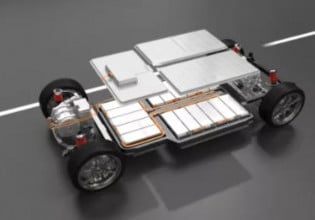Protonex Delivers Soldier Power Fuel Cell Systems to U.S. Air Force
Protonex Technology Corp. has delivered advanced prototypes of its P2 soldier power system to the U.S. Air Force for evaluation. This delivery marks the successful completion of the two-year Dual Use Science and Technology (DUST) program awarded to Protonex by the Air Force in April 2003. In addition, the Air Force Research Laboratory (AFRL) has notified Protonex and its partner, Millennium Cell Inc., of its intent to award an additional $1.02 million program focusing on P2 enhancements and manufacturability and for procurement of additional systems for performance and reliability testing.
The P2 system, which can produce up to 50 watts of continuous power, combines Protonex fuel cell technology with a chemical hydride fueling subsystem based on technology licensed from Millennium Cell. Due to the system's rugged design and high energy density, it is well suited to meet the aggressive requirements of demanding military applications. This Protonex system is expected to replace batteries powering a range of portable military equipment, decreasing the size and weight of the power source troops carry in the field and reducing operating costs for the military.
The delivered P2 systems will be put through a series of tests by the AFRL to assess the reliability and durability of the product. The P2's enhanced operational features, including wide operating temperature range, orientation independence and low heat and noise signatures, will also be evaluated. From this round of AFRL testing, Protonex will gather customer-use data that will be used to focus efforts under the additional $1.02 million contract.
"Shipment of our P2 systems to the Air Force clearly demonstrates our ability to meet customer needs and deliver functional product," commented Scott Pearson, Protonex CEO. "Protonex and Millennium Cell are eager to use this supplementary AFRL funding to produce additional systems for military qualification, moving the product a step closer to full- scale deployment within both military and commercial markets."






